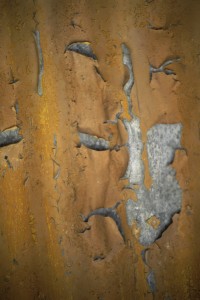How to Prevent Lead Contamination in the Home

Lead Source Number One: Cracked and Peeling Paint
Lead was originally included in household paint for many beneficial reasons. Lead-based paint is highly durable, moisture-resistant, and dries quickly. However, the toxicity of lead-based household paint resulted in its banning within the United States in 1978. Because lead-based paint has a sweet taste, children who discover paint chips are at an especially high risk, and are capable of causing themselves serious harm. If you live in an older home that has cracked or peeling paint on the walls, trim, windowsills, floorboards, or any other area that is within a child’s reach, it is especially important to have this paint tested for lead, especially before removing the paint.
Lead Source Number Two: Lead Dust
Sanding, the most common method of paint removal, results in a large amount of paint dust in the air. Because of lead’s toxicity, sanding is never recommended as a method of paint removal, especially without the proper ventilation and protection equipment. The lead dust and vapors that can arise from home renovation can quickly turn an enclosed area into a dangerous one. This undermines the intentions behind lead-based paint abatement, and can put yourself, your family, and even future tenants at risk.
Further Signs of Lead Paint
When performing an inspection of the home for lead paint, make sure carefully inspect not only the condition of various paint jobs in the home, but further evidence of lead paint usage. Check your garage, shed, and basement for any antique cans of paint. If cans of lead paint are discovered, do not handle the containers due to the risk of corrosion causing a leak. However, if you notice that the paint in question matches the color of any paint jobs within the house, this should be a clear indicator that a lead paint inspection is necessary.
The Best Way to Be Sure
While rooting around in the cellar for old paint cans may be an effective contamination method, it is still not a guarantee that the home is lead-free. For example, lead can sometimes leech into the home’s water lines through old pipes, especially those installed before 1930. That’s why professional lead detection services are so important. H2 Environmental has a fully licensed and trained staff of professionals who meticulously root out any source of lead within the home. Contact us for more information on our lead detection and removal processes, or for any questions you may have about possible contaminants.










